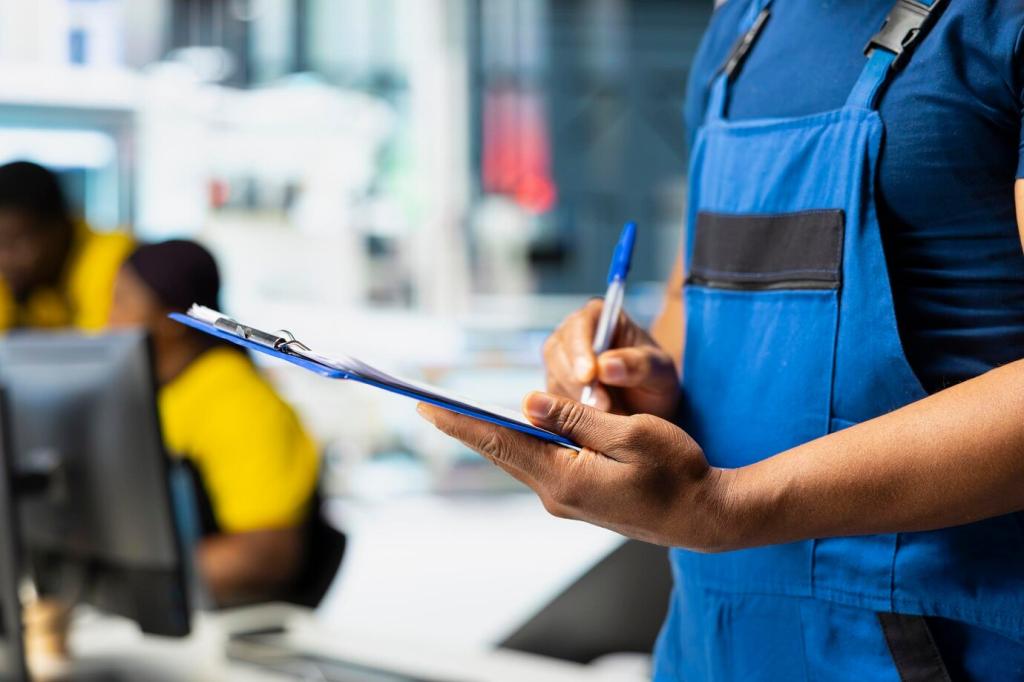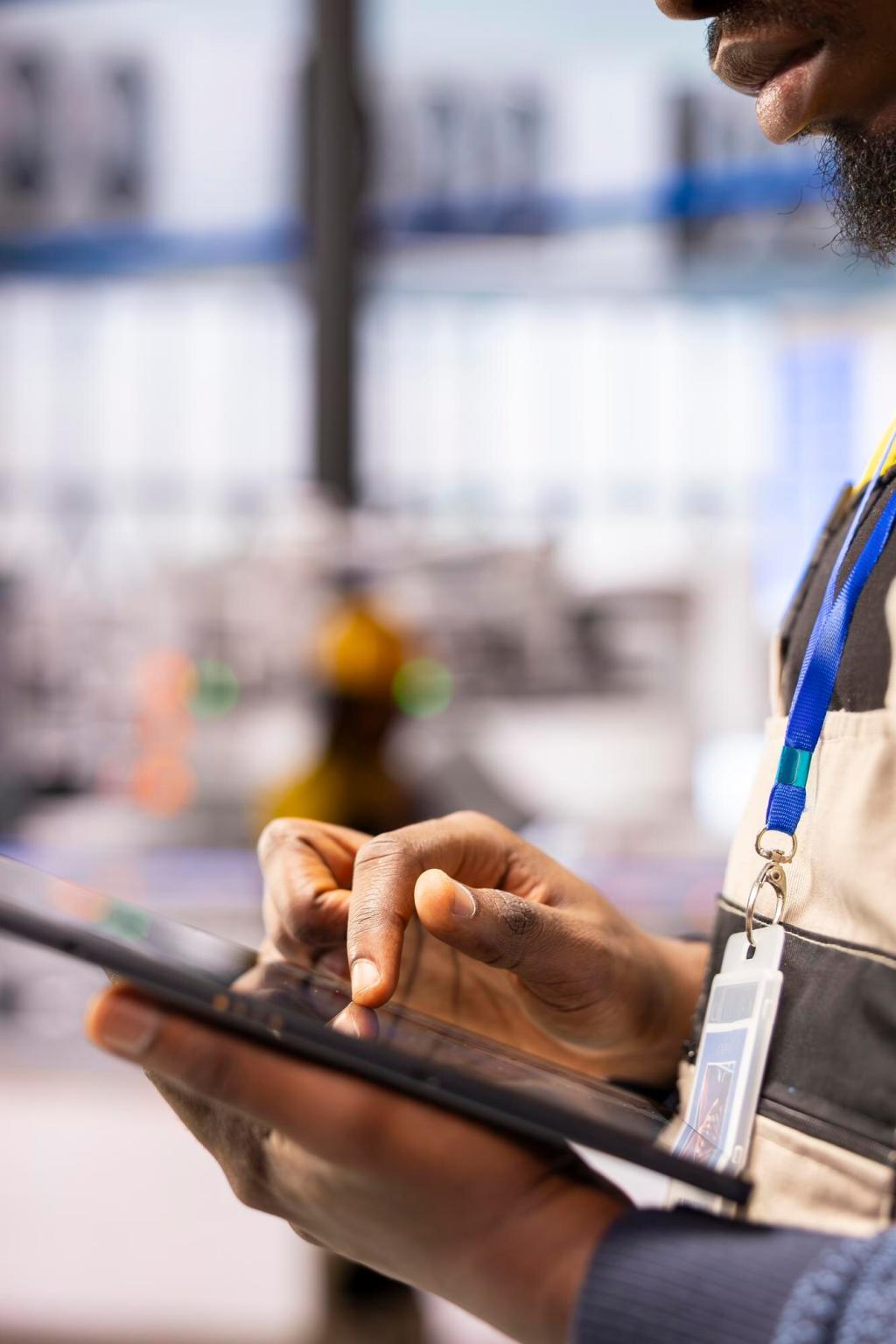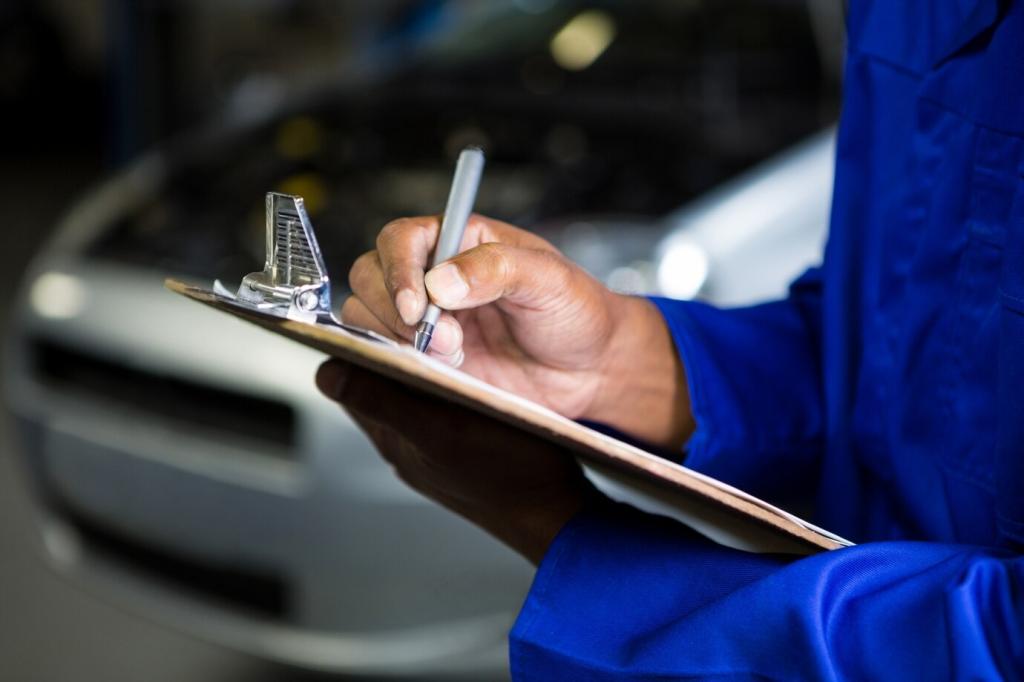Steam, Time, Pressure: The Science Behind Sterility
Air is the enemy of penetration. Pre-vacuum pulses remove trapped air so steam can condense on cool metal, releasing latent heat that kills microbes. Hinged clamps and lumens need efficient air removal and correct orientation. Tell us your trickiest instruments, and we’ll suggest placement tips.
Steam, Time, Pressure: The Science Behind Sterility
Common veterinary cycles include 121°C for 15–30 minutes for wrapped loads and 134°C for shorter exposure when materials allow. Always follow instrument IFUs to avoid damage. Post-cycle drying matters for sterility maintenance. Do you prefer 121°C or 134°C for packs? Vote in the comments.





